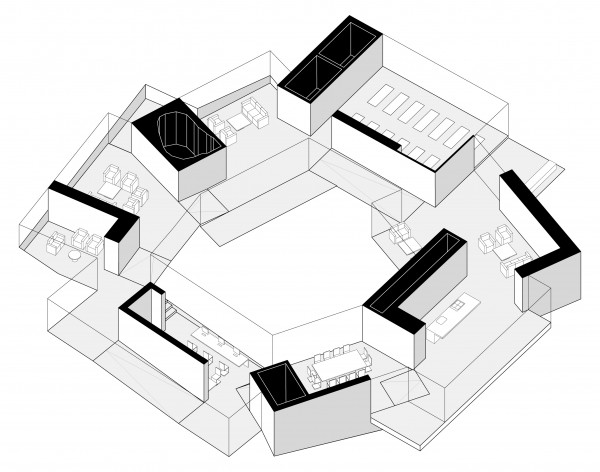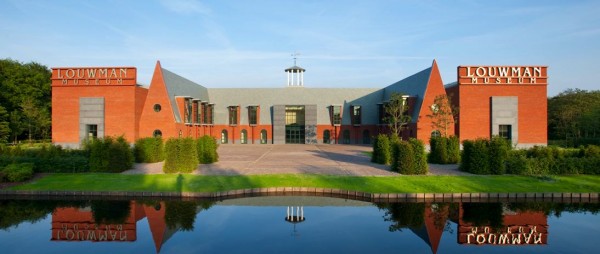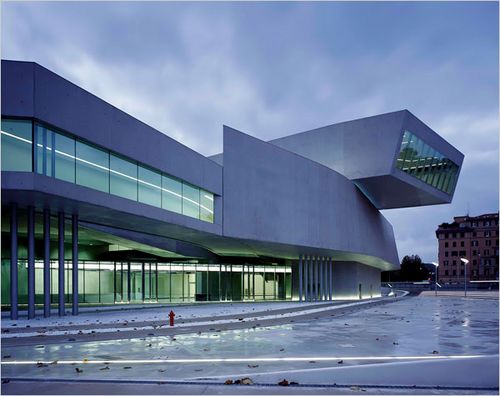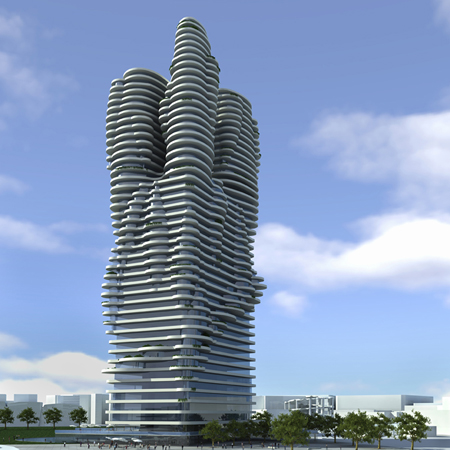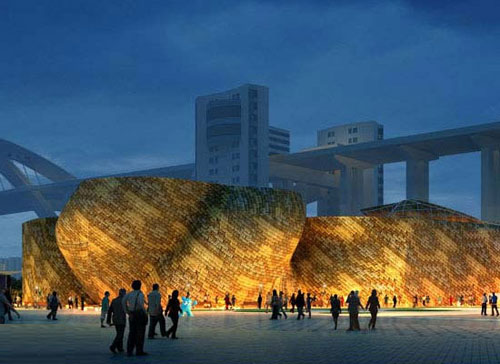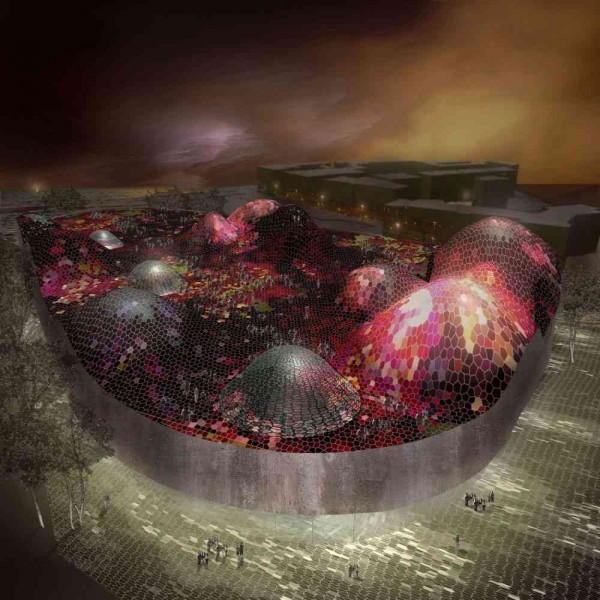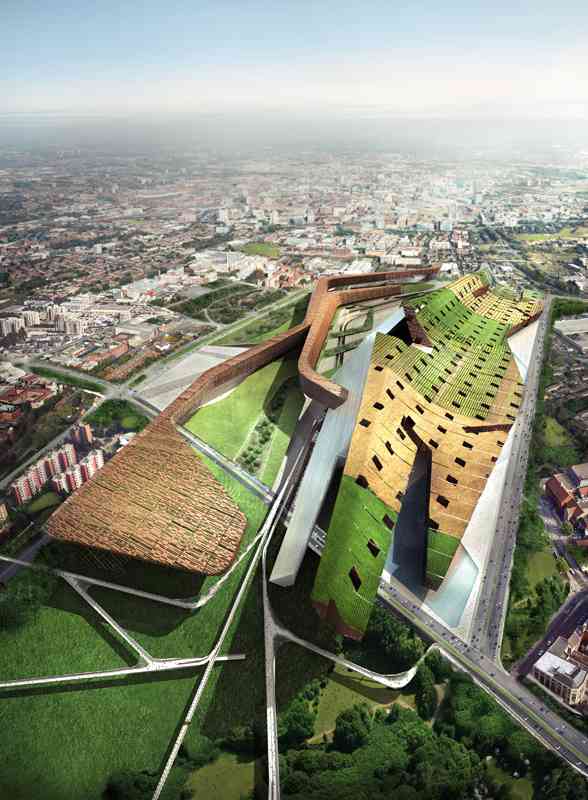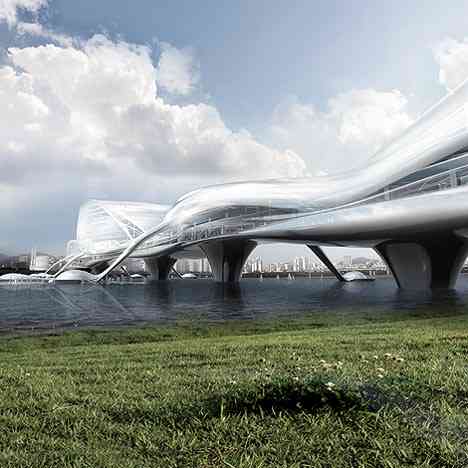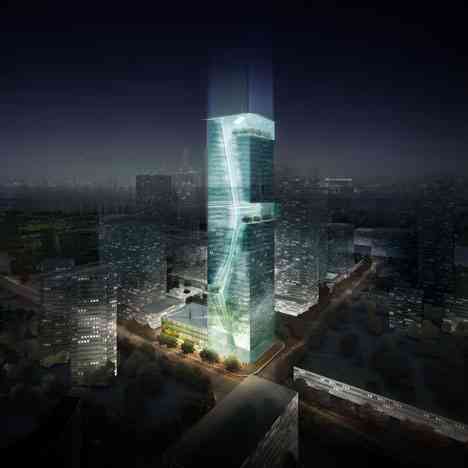Ground will be broken today for Maggie’s Centre Gartnavel, a facility in Glasgow providing emotional and practical support for people living with cancer, their families and friends. Designed by OMA, the building, which is located on the grounds of Gartnavel hospital and close to the Beatson West of Scotland Cancer Centre, is one of several Maggie’s Centres in the UK and part of a pioneering project using thoughtful architecture and innovative spaces as tools for solace and healing.
OMA’s single-level, 534m2 building is a ring of interlocking, carefully composed spaces that provide moments of comfort and relief. With a flat roof and floor levels that respond to the natural topography, the rooms vary in height, with the more intimate areas programmed for personal uses such as counseling, and more open and spacious zones providing areas to gather and creating a sense of community. Read the rest of this entry »

